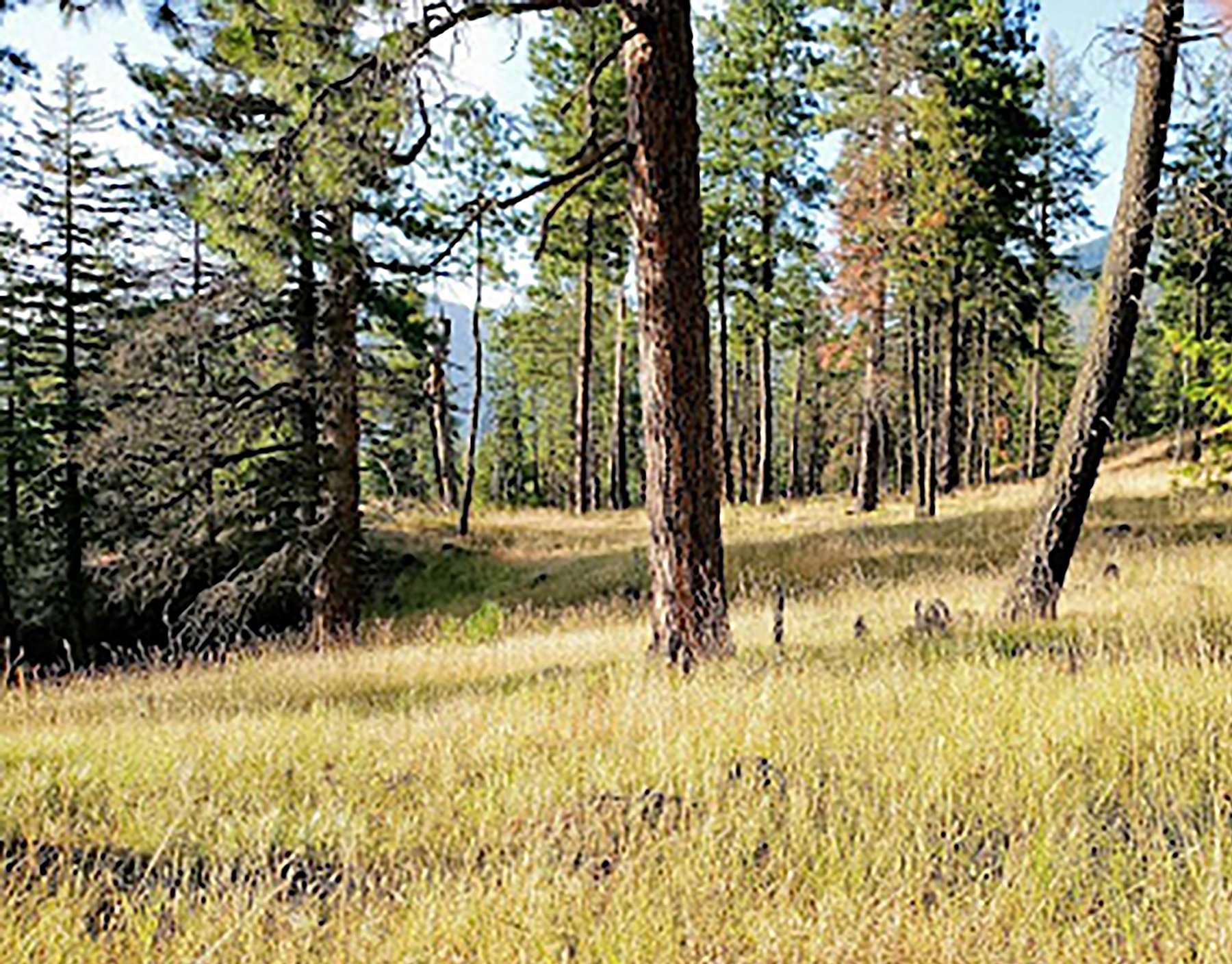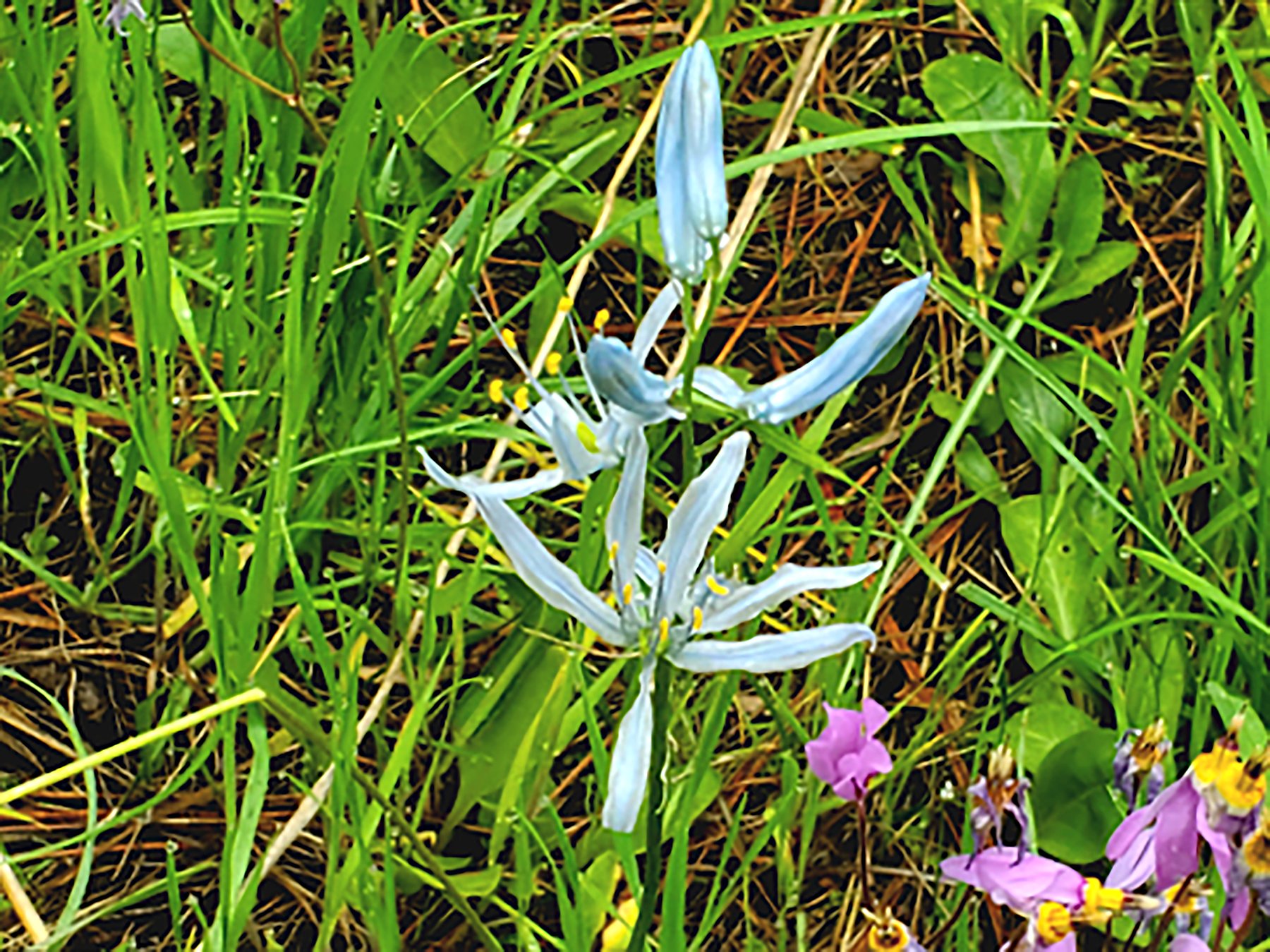A tale of the Sam Owen Park
Sometimes the action of a conservation officer sets up a series of events that improve wildlife resources and their habitat in many ways.
Such was the case when Idaho Fish & Game Conservation Officer Matt Haag convinced people living on the Hope Peninsula to quit feeding the white-tailed deer. The peninsula is the David Thompson Game Preserve designated by the Idaho Legislature. No hunting is allowed. But when people quit feeding the deer, things started to change. The deer population declined and now makes its living without help.
The Hope Peninsula, bounded on the north by Ellisport Bay and on the south by Lake Pend Oreille, includes a school, campgrounds, trailer parks, residences, a café, and Sam Owen Park.
I have been walking my dog on the Sam Owen Park trail for the last two decades. I recognized early on that the vegetation had severely deteriorated to predominantly exotic grasses, with the shrubs pretty much reduced to annual sprouts and dead stems. Even ocean spray, which is not very nutritious, had been severely damaged. The pine and fir sprouts were severely hedged, with hardly any reproduction beneath the mature trees. After decades of feeding deer on the peninsula, the chickens had come home to roost, and the consequences for the natural vegetation were severe. This is the only place I ever saw a starving deer in August. The U.S. Forest Service manages the park by maintaining trails and cutting dead or downed trees for firewood at the adjacent campground. But there was little anyone could do about the deer browsing until winter feeding stopped.
After the feeding was curtailed, I first noticed Ponderosa pine seedlings appearing. Then a few raspberry plants showed up, as did yarrow. A year or so later, spring flowers showed with all the rain, and I witnessed for the first time a variety of native species. Without heavy browsing by the deer and with the rainfall, Sam Owen Park was beginning to revive. I tallied over 50 native plant species a few years later.
I was very pleased to see Camas appear. It made me wonder if native Americans didn’t drift up here to dig for them. And the majestic Ponderosa pine overstory also makes me wonder if they didn’t do a little burning in the days gone by. The mariposa lily stands out in all its glory, a welcome surprise. Rough fescue was another big surprise, being such a palatable grass for the elk that drift around the park. Now we have fields of shooting stars appearing. Camas and shooting stars are pretty good spring deer and elk food, but now they show up. North Idaho has a highly diverse group of conifer species due to the high precipitation and the elevational gradient.
The big blowdown of winter 2021 opened the forest when the downed trees were logged. Areas on the north faces, with stands of Douglas fir and other species, provided enough timber for commercial logging. The blowdown on the southern faces was also removed. The logging resulted in more sunlight hitting the forest floor. Big slash piles were left, which the Forest Service burned in the fall after the logging. I’ve been watching the biggest burn pile, initially covered with moss, now with moth mullein. There are western larch seedlings on the ridge and around that big burn pile that will produce a spectacular forest. There has been some planting of pine and larch, but natural regeneration is obviously enough to start the forest.
The history of this little park illustrates the long-term consequences of feeding deer, and how resilient the vegetation can be when released from browsing. I’ve seen white-tailed does with twins, what with the low densities and the abundance of palatable shrubs and forbs. Last June, while walking my dog, a big cow elk started barking at us. I have no doubt there was a calf nearby, so my dog and I just kept on going. Cougars have been seen in there, and undoubtedly a black bear or two hangs around as well, given that a lot of downed logs are opened up for access to the ants. It is a great place to take a walk and enjoy a view of the lake, a rejuvenating plant community, an osprey nest, and some majestic yellow-bellied pine stands and big cedars. While the deer feed on lawns and aren’t hunted, they will increase, but so far the vegetation is responding to the low browsing pressure.





